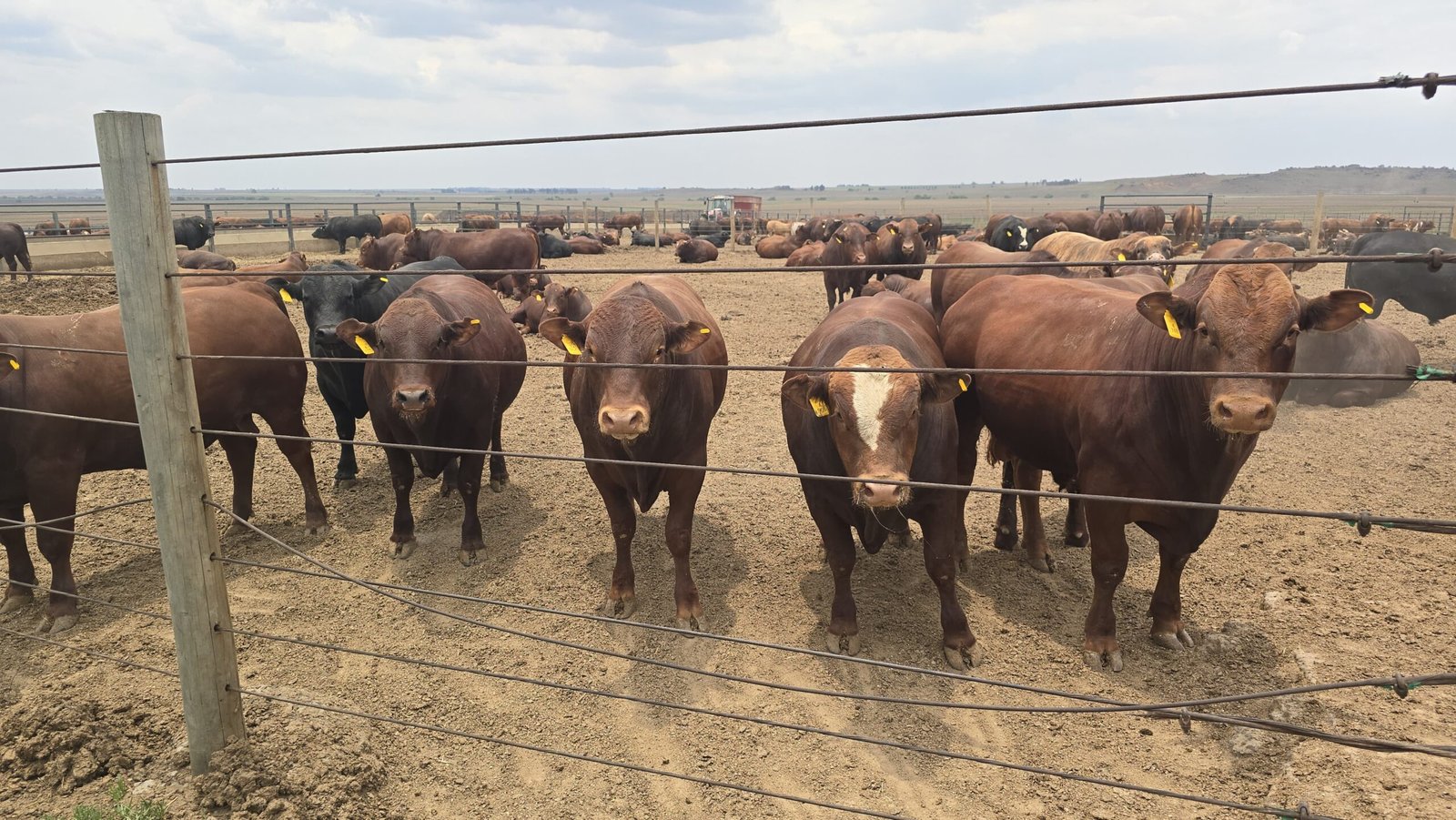Case Study: Implementation of Chlorine Dioxide (ClO₂) Dosing Systems at Two Livestock Farms

Introduction
Livestock farmers often face significant challenges in maintaining water quality, especially when reliant on surface or river water. Contaminants such as E. coli and other pathogenic bacteria can spread rapidly, posing major threats to animal health and productivity. To combat these issues, two farms—a chicken-rearing site and a cattle-rearing site—installed Chlorine Dioxide (ClO₂) dosing stations.
This case study examines:
The rationale behind selecting ClO₂ for water disinfection.
The setup and operational details of the dosing stations.
The results observed in microbial load reduction, animal health, and operational costs.
Background on Chlorine Dioxide (ClO₂)
Chlorine dioxide is a powerful oxidizing agent widely used to control microorganisms, biofilms, and other organic contaminants in water. Insights from Scotmas (a leading provider of ClO₂ solutions) and various peer-reviewed studies highlight how ClO₂:
Is effective against a broad spectrum of pathogens (including E. coli, Salmonella, and viruses).
Maintains high efficacy across a wide pH range.
Penetrates biofilms, inhibiting microbial growth in water systems.
Leaves minimal byproducts compared to some alternative disinfectants.
Farm Profiles
1. Chicken-Rearing Site
Location: Next to a small river prone to microbial contamination.
Key Concern: Extremely high bacterial counts (>3,000,000 CFU/L) in poultry drinking water, leading to frequent disease outbreaks and elevated mortality.
Action: Installation of a ClO₂ dosing station set at 1 ppm to address the contaminated water.
2. Beef Cattle-Rearing Site
Location: Draws water from the Vaal River, a major water source that can carry elevated bacterial loads, including E. coli.
Key Concern: High livestock loss rates and heavy antibiotic usage.
Action: Installation of a ClO₂ dosing station with flow-proportional control to regulate the dosage precisely at 1 ppm.
Dosing System Installation and Operation
Dosing Rate
Both farms calibrated their dosing systems to maintain 1 ppm (1 mg/L) ClO₂ in the water.
Flow-Proportional Dosing (Cattle Site)
Equipped with a flow meter that measures the volume and flow rate of Vaal River water being drawn into the farm’s system.
An automated dosing pump adjusts ClO₂ dosing in proportion to the measured water flow, ensuring a consistent disinfectant level even if flow rates fluctuate.
Water Quality Monitoring
Routine water testing to confirm ClO₂ concentrations and bacterial loads.
Immediate alerts if levels deviate from the target, allowing for prompt adjustments.
Results and Observations
Chicken-Rearing Site
Initial: Total bacterial count >3,000,000 CFU/L.
After 2 Weeks of ClO₂ Dosing:
Bacterial count plummeted to 64 CFU/L.
Notable decrease in disease outbreaks, thereby lowering mortality.
Reduced dependency on medications (especially antibiotics).
Improved overall flock health and feed conversion rates.
Beef Cattle-Rearing Site (Vaal River)
Initial: Frequent waterborne illness, high antibiotic usage, and significant monthly losses of livestock.
After 1 Month of ClO₂ Dosing:
85% reduction in livestock losses compared to previous months.
Substantial cutback in antibiotics, as fewer infections required treatment.
Visible improvements in herd health, reflected in better weight gain and overall vitality.
Additional Benefits of ClO₂ for Livestock
According to water treatment and veterinary science sources (including Scotmas and peer-reviewed journals), benefits of using ClO₂ include:
Enhanced Growth and Productivity: Healthy animals tend to have better feed conversion, weight gains, and overall performance when given clean, pathogen-free water.
Reduced Biofilm Formation: ClO₂ disrupts biofilms in plumbing, minimizing persistent microbial reservoirs that can continually re-infect water supplies.
Lower Antibiotic Use: By preventing infections, the reliance on antibiotics decreases, which can help slow the emergence of antibiotic-resistant bacteria.
Long-Term Cost Savings: Although the initial setup for ClO₂ dosing systems involves some investment, the reduction in mortality, medication usage, and veterinary costs offers a favorable return on investment over time.
Challenges and Considerations
Accurate Dosing and Monitoring: Flow-proportional pumps and regular water testing are necessary to keep the ClO₂ concentration effective and safe.
Maintenance: Regular system checks and calibrations ensure consistent performance. Proper handling and storage of precursor chemicals (if on-site generation is used) are essential.
Safety: ClO₂ is a strong oxidant. Staff should receive thorough training on safe handling, storage, and any local regulations related to its use.
Conclusion
The Chlorine Dioxide (ClO₂) dosing systems significantly improved water quality and animal health at both sites. The chicken-rearing farm witnessed a dramatic drop in bacterial counts, from over 3 million CFU/L to just 64 CFU/L within two weeks, while the cattle-rearing farm along the Vaal River reduced livestock losses by 85% in a single month. Both farms reported decreased reliance on antibiotics, better productivity, and improved bottom lines, emphasizing the clear advantages of ClO₂ disinfection in livestock water supplies.

case study: implementation of chlorine dioxide (clo₂) dosing systems at two livestock farms